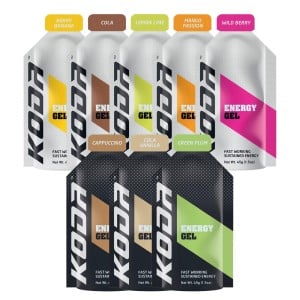Ironman Steve McKenna's Brick Session Triathlon Training Tips
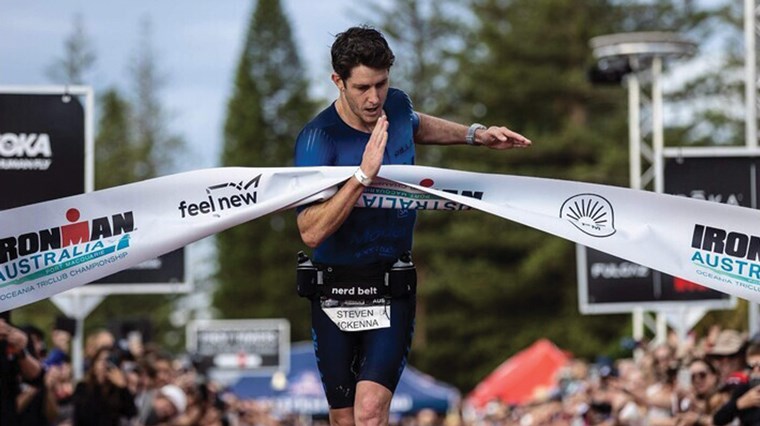
"The body will adapt to anything you make it do often, this is why brick sessions at race intensity are so important. Specific to the race's demands is the key in long course triathlon." - Steve McKenna
Triathlon offers a unique challenge for athletes – whether competing at an amateur or elite level. This multi-sport race in its nature tests the abilities of athletes across 3 technical disciplines performed back-to-back – the swim, bike and lastly, the run.
As such, triathlon training requires a unique approach compared to single-sport events. It’s not only about how athletes fine-tune their technique and movement efficiency for each individual discipline – but how they conserve energy and develop a hydration and nutrition strategy to sustain their endurance all the way to the finish line.
Essentially, athletes must acclimatise to outputting high levels of power and performance, even when fatigued. In the case of Ironman, triathletes already have endured a 3.9km swim and 180.2km cycle without a break, before beginning a marathon distance run of 42.2km. Running for many athletes is the most demanding discipline of triathlon because it isn’t purely about running – it’s about running on tired legs.
Furthermore, having to adapt quickly between different movement patterns – from swim, to bike to run – with a goal of less than 3 minutes between transitions, can be jarring on the body. The stresses to athletes can be mental as well as physical with the high pressure that comes with not only tackling triathlon as a whole, but the obstacle triathlon transitions present.
Muscle adaptation (e.g. acclimatising to running on ‘jelly legs’), maintaining efficient pacing when the body is under extended stress, and developing a sustainable nutrition strategy are among the challenges triathletes face.
So, how do you train for a long-distance triathlon – a multi-sport event that not only challenges your body, but your mental fortitude?
Brick sessions.
Professional triathlete Steve McKenna shares his top 5 Ironman brick session rules and provides insight on how to integrate brick sessions into your triathlon training. But first, we dive into the details of what are brick sessions and their benefits for triathletes of all levels.
What Are Brick Sessions?
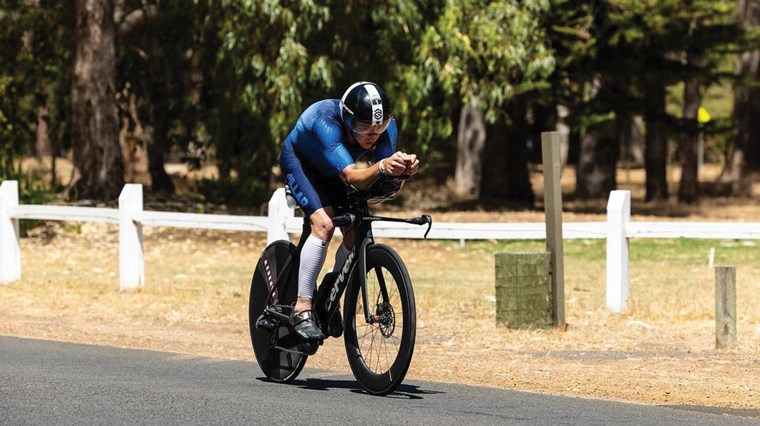
Brick sessions are an essential part of every triathlon training program. The term brick sessions or brick workouts refers to a training session where at least two disciplines are performed directly one after the other, with no rest period in between.
During brick sessions, these disciplines are typically performed in the order they are raced. For example, a key training session for triathletes is the bike-run brick session, with the swim-bike also included in a balanced training plan.
Brick sessions reinforce that triathlon shouldn't be perceived as three sports in one, but three disciplines in one sport. This shift in perspective may help beginner triathletes understand that it isn't just about technique in each individual discipline that counts - but how that performance can impact the next discipline, affecting their race time as a whole.
For triathletes, the goal is to simulate race day conditions - allowing you to better acclimatise to the pressures and nuances of triathlon. Brick sessions are not only a valuable conditioning tool for your body and strengthening tool for your mental resilience, but may assist in developing personalised pacing and nutrition strategies that can also be applied in a competitive setting.
It’s important to note that brick sessions shouldn’t emulate the length of a long-distance triathlon itself. Training for a triathlon by swimming, cycling and running the entire duration of your event puts a significant burden on the body in terms of recovery – risking overtraining and injury.
However, during race-specific training, the intensity or effort should be equivalent to race day - building your confidence as well as to identify any areas of improvement - whether it’s pacing, transitioning or your hydration/nutrition strategy.
Why is it called a brick session? That’s under debate, with some athletes saying it’s due to the nature of the workout, with one discipline stacked on the other (like bricks) or due to the fact that your legs feel heavy like bricks, especially during the final discipline of a brick workout.
Another explanation is that it’s a tribute to athlete Dr. Matt Brick, who used the bike-run and run-bike combinations back-to-back when training for duathlon - a training method that became popular through his writing. Alternatively, the acronym for Bike-Run-In-Combination could also be a part of the origin story behind the 'brick' session name.
Despite the ambiguity around the name, there is one thing for certain - brick sessions are an effective method for you to train and prepare for the complexities and intricacies of your next triathlon.
What Are The Benefits Of Brick Workouts?
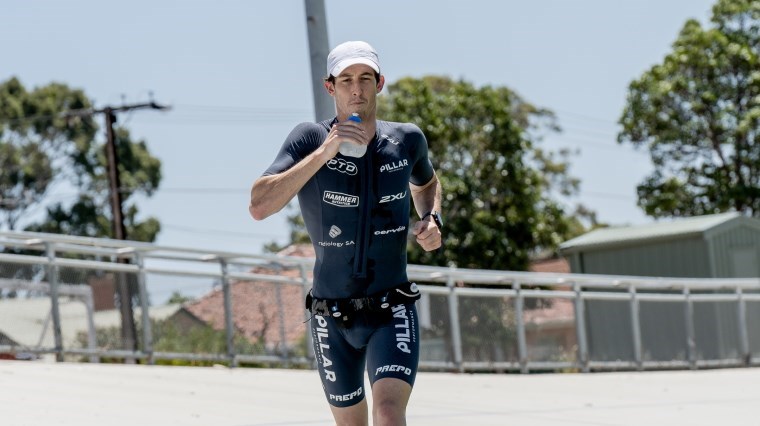
Are brick sessions worth it? For anyone competing in a duathlon or triathlon, brick sessions are not only worth it, but are a critical part of your training to acclimatise to the demands of race day.
Brick sessions are essentially a structured rehearsal for triathlon – with repetition critical to allow your muscles to adapt between disciplines, and to shed seconds off your time for T1 (swim-to-bike) and T2 (bike-to-run) transitions.
The swim discipline is generally considered the most technically challenging of the three, however it is the very first discipline of a triathlon, when your body is at its freshest. Even though some triathletes take a more balanced approach to brick sessions which can be highly beneficial, many focus on the bike-run brick session with this reasoning in mind.
Equally important, the bike-run transition delivers the most significant shock to your leg muscles as they must quickly adapt to an entirely different movement pattern - from pedalling to repetitively striking the pavement when already worn-out.
Practising consistently through brick sessions will make this transition feel more natural, while also building mental resilience and confidence in your body to run more efficiently on fatigued legs. When it comes to T1 and T2, practising under race-like conditions will allow your body to move more quickly and smoothly - remembering that you planned and trained for this. Your preparations will undoubtedly save you precious seconds on race day.
Brick sessions provide the opportunity to train as if you were racing - without any short cuts in your warm-up routine, nutrition, pacing or posture. For example, if your energy is depleted during the cycle due to inadequate nutrition or overzealous pacing, you may 'hit the wall' and your running performance will suffer. It's better to know this before race day itself, so you can adjust your racing strategies ahead of time.
Brick sessions allow you to develop and trial nutrition plans to ensure your race day fuel like energy gels and hydration enhancers are up to the task of offering quick or sustainable energy without digestive upset.
You're not only training your muscles to adapt to an increased training load, but training your gut to tolerate your racing nutrition - and adjusting your nutrition plan to fulfil your specific requirements. Just like you wouldn't wear a new, untested pair of running shoes for a marathon, you shouldn't compete in a triathlon without trialling your fuelling strategy during brick sessions.
Therefore, the key benefits of brick sessions are to:
- Train your body to perform efficiently when fatigued
- Train your body to smoothly transition between the different movement patterns of each discipline
- Train for T1 and T2 transitions to be as quick and natural as possible (under 3 minutes)
- Develop and refine your race day nutrition, hydration and pacing strategies
Alongside these triathlon-specific benefits, brick sessions can naturally increase your stamina and aerobic endurance. Like any training plan, it's important to build up your training load during brick sessions gradually to avoid injury or burn out, and ensure your brick sessions are compatible with your current level of fitness.
Brick sessions allow you to refine your strategies and technique in advance of race day itself - helping you understand your body's requirements and potential more fully. If you prepare by training accurately and consistently with the knowledge and intuition you gain from your brick sessions, your race day performance will naturally reflect that.
Steve McKenna's Ironman Brick Sessions Rules
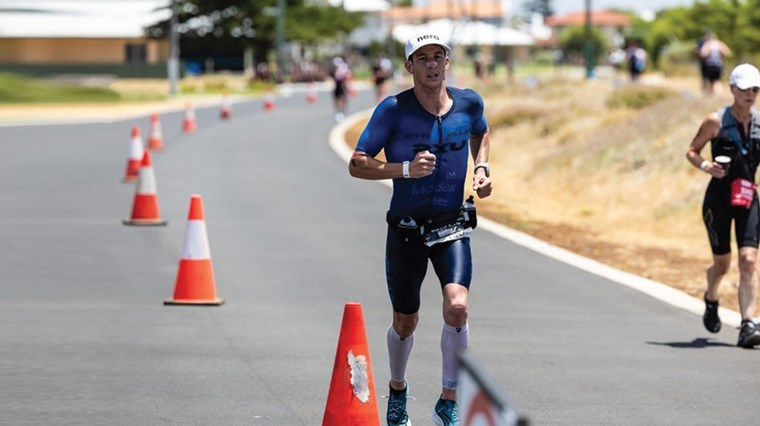
Professional triathlete Steve McKenna shares with you his top Ironman brick session rules to get the most out of your training, priming your body and mind for race day.
1. Location
The location must try to emulate race conditions. No loops that stop at traffic lights, the right amount of hills, road surface etc. This goes for both bike and run.
2. Race Fuelling
You MUST be taking on the exact same nutrition and hydration as you intend to on race day. This means the night before, breakfast and during the session.
3. Don't Rush Your Bricks
Your race-specific bricks are one of the most important sessions you do in a training block. Don't wake up and be out the door starting within 10 minutes. Eat the right breakfast, do some mobility, plyometrics, foam rolling, have a coffee, hydrate. Quality training performances come from preparing well.
4. Quick Bike To Run Transition
Most triathlon bike to run transitions are between 1-3 minutes. That means you should be trying to replicate that in your bricks by aiming to start your run within 3 minutes of finishing your ride.
5. Be Professional Even As An Age Grouper
Race specific bricks are not sessions for cafe stops, long toilet breaks, sitting up out of aero position, soft pedalling during your ride etc. Treat them like a race to get maximal benefit from them. Do all that stuff during your other sessions.
Steve McKenna's Brick Session Training Tips For Triathlon
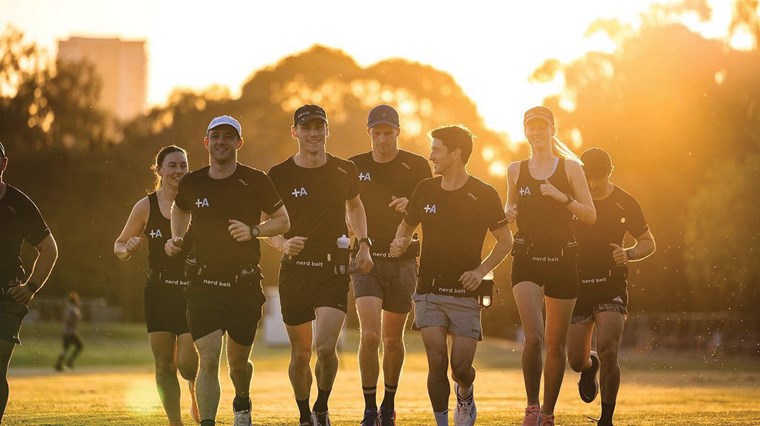
Ironman Steve McKenna provides insight into his brick sessions, giving you inspiration for your own triathlon training.
1. As a triathlete, do you focus the majority of your time on improving your weakest discipline, strongest discipline or keeping your training balanced during brick sessions? Why?
For my entire career I have focused on a balanced triathlon training structure and have evenly improved all three legs. However, the sport goes in waves at the top level with what leg is the most important.
After racing mostly in Australia the last 2 years where the swim and run has been the most important, my bike riding has suffered at an international level, so this off season (for the first time) I will have a bike and strength focus. Also, I have a torn ligament in my foot, so with no running for 4 weeks, this is great timing!
2. What are your top time-saving tips for triathlon transitions from swim-to-bike (T1) and bike-to-run (T2) that you practise during brick sessions?
Don’t look at anyone else, focus on yourself and what you’re doing. Also, think about the next step and be prepared during the swim for what you have to do before getting to your bike.
E.g. I take my swim cap and goggles off and hold them ready to throw, pull the wetsuit down as far as it will go without ruining my run form to the bike, and then multi-task once I get to the bike - slipping out of my wetsuit, using my feet to stamp out of the wetsuit whilst I also put my helmet on at the same time.
It takes a lot of practice, but it is hard in training. Racing more often and making the pressure real is the best form of practice when you’re just starting out in the sport. Race, race, race.
3. How do you monitor and track your progress and improvements in brick sessions over time?
I use heart rate vs power vs lactate levels to gauge improvements in my training. E.g. I held 290w in a 30 minute Ironman bike effort for 135bpm average and 1.9mmol of lactic acid recently leading into Ironman Busselton, then the next week I did the same effort for an average HR of 130bpm and 1.6mmol.
Over time, I stick to the 130-135bpm or 1.5-2mmol lactate range and simply increase the power for the same range. For Busselton recently I got the power up to 300w for 130bpm average and 1.5mmol on 30 minute efforts, so it was a significant improvement by my standard for the same effort level.
4. How does the training load of your brick sessions change as race day approaches to avoid overtraining and to ensure you’re mentally and physically race-ready?
Brick sessions will start around 8-10 weeks out and build from 30 minute efforts in length up to 90 minute or 2 hours in the middle of that training block (no more than this despite the effort in the race being 4 hours on the bike – this would be too much to recover from and the race won’t go well doing more than 2 hour efforts at Ironman intensity).
As we get closer to races we bring the effort duration in brick sessions down gradually until race week where we’re only doing around 5-10 minute efforts at the Ironman power – the same goes for the running efforts off the bike in these sessions.
5. How do you use brick sessions to improve your technique, help your body adapt between disciplines and build a better understanding of your training limits?
The body will adapt to anything you make it do often, this is why brick sessions at race intensity are so important. Specific to the race's demands is the key in long course triathlon and it is much less polarised than say running training.
Triathlon can be very polarised in the build up to these race training blocks, but when the race is getting closer you can use the polarised training (aerobic base and Vo2 Max training) to benefit the race specific training phase.
This race specific period is where the training nutrition goes from wholefoods and potentially fat adapting on aerobic rides/runs to high sugary carb intake (in the form of powders) to train the gut to function on race fuels. It’s harsh on the gut to start with, so it’s very important to repeat it weekly – it's expensive!
6. What running shoes did you wear during Ironman Busselton and why?
I used the Nike ZoomX Vaporfly Next% 2 due to RunDNA testing that established this shoe is producing less impact. The results also established that the Nike ZoomX Vaporfly Next% 3 was more efficient (faster too) and I used them in a 70.3 event recently, but over 42km I much prefer lowering the impact over all.
To wrap it up, check out the image below to see how triathlon champion Steve McKenna trains for his most challenging brick session.
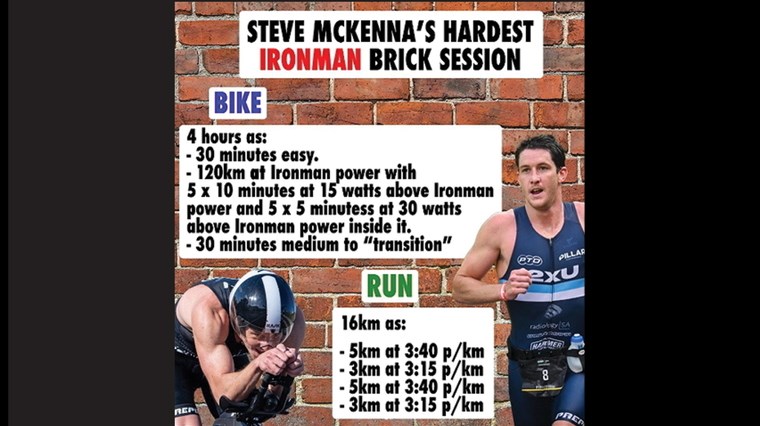
Thank you Steve for sharing your insight and expertise on brick sessions!
Follow Steve’s journey on Instagram, Facebook and his website to stay updated on his athletic achievements and to share your support.
If you liked this, then you’ll love:
Steve McKenna: From Life-Changing Injury To Pro Triathlete
Steve McKenna: How A Triathlon Champion Prepares For A Race
Jessica Stenson On Goal Setting & Marathon Training As A Mum
Paratriathlete Liam Twomey On How To Get Yourself Mentally Fit

